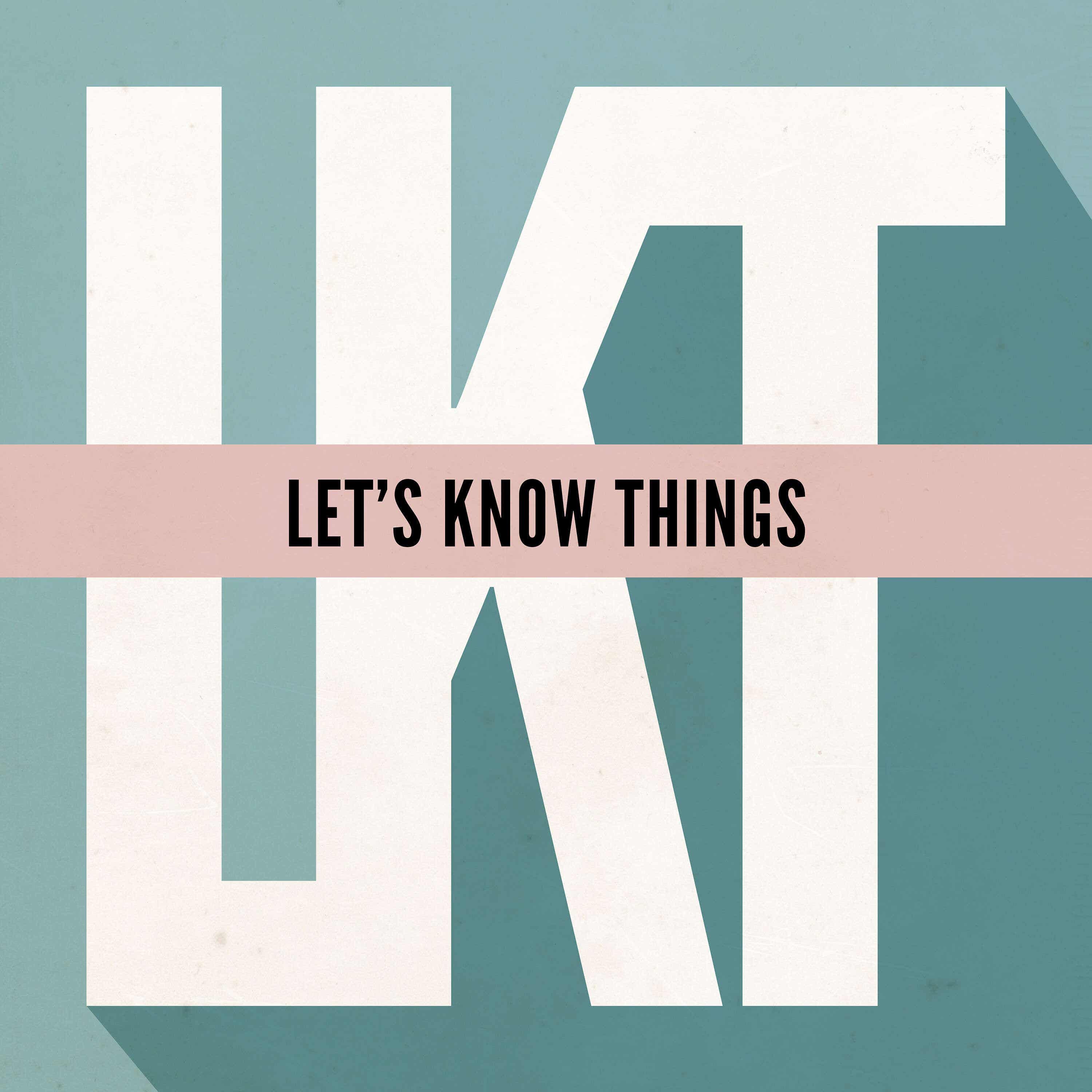Cocoa Shortage
Description
This week we talk about cacao, plantations, and bean-to-bar chocolate.
We also discuss black pod disease, swollen shoot virus, and seed pod currency.
Recommended Book: The City & The City by China Miéville
Transcript
The cocoa bean, also called "cacao," is a seed derived from the cocoa tree, which is native to the Amazon Rainforest in South America.
More than 5,000 years ago, near present day Ecuador, the Mayo-Chinchipe culture domesticated and cultivated this tree, which then found its way north into Mesoamerica—so parts of Central America, and modern day Mexico—and that's where we actually thought it came from until a handful of years ago, when new research pushed the initial domestication date back by about 1,500 years, tracking its path down into Ecuador by identifying cocoa residue on pottery from that time period down in that region.
But way back then, it's thought that the pulp of this seed was used primarily to create an alcoholic beverage that was fermented to about the same alcohol percentage as a consumer-grade, modern day beer—just over 5%—and because of that utility in making this popular beverage, it was used as a currency in some parts of South and Central America.
It's worth noting, too, that this tree and its seed would have originally been called kakawa, which was then turned into an Aztec derivative word much later, cacauatl, which then became cacao, when the Spanish colonized the region, and cacao then became cocoa when introduced to English-speaking parts of the world—and that variation of the word took over in the age of post-WWII globalization, due in large part to the popularization of chocolate products from English-speaking countries like the US and the UK, cacao only recently being reintroduced on that scale to differentiate more expensive cocoa products from those that have become mainstream.
Also worth noting is that in addition to being used to produce a popular alcoholic beverage way back in the day, the cocoa bean was also turned into a kind of frothy spiced drink by Aztec royalty and other higher-ups in this part of the world, and that drink was enjoyed by high-born members of society for several thousand years, the beverage used in all sorts of rituals.
And to make it, cocoa was whipped together with vanilla and other spices and sweeteners to produce something akin to a sort of hot chocolate the modern person would recognize, though leaning a lot more into those spices than most modern chocolates, rather than sugars and fats.
This wasn't a widely available thing in most areas, and it probably wasn't the main end-product for most cocoa beans for most of history, as that alcoholic drink and its many derivatives were a lot more broadly available and widely disseminated.
That said, different groups, across this region and across time, including the Maya and the Olmecs, had their own variations of this hot cocoa-like drink, and there's even an Aztec story that Quetzalcoatl was outcast by the other gods in their pantheon for sharing chocolate with humans, and some regional experts have speculated that the ritual of extracting the hearts from human sacrifices in the Aztec empire might be connected to the process of extracting the cocoa pulp from the cocoa bean seed pod when producing this beverage; though that's pretty speculative.
The Aztecs came later than a lot of the other cultures in this region that partook in chocolate-related rituals and made cocoa-related goods, so that's likely part of why their rituals surrounding this drink were more elaborate than those of their neighbors, contemporary and forebear, but it's likely that the nature of the bean itself, which only grows in a finite region, about 20 degrees north and south of the equator, also had something to do with it.
Because of that limited range, the Aztecs couldn't grow cocoa in their territory, and that meant it was always a luxury import for them, which meant—like many luxuries, even today—only the richest members
More Episodes
This week we talk about neural networks, AGI, and scaling laws.
We also discuss training data, user acquisition, and energy consumption.
Recommended Book: Through the Grapevine by Taylor N. Carlson
Transcript
Depending on whose numbers you use, and which industries and types of investment those...
Published 11/19/24
Published 11/19/24
This week we talk about the Double Reduction Policy, gaokao, and Chegg.
We also discuss GPTs, cheating, and disruption.
Recommended Book: Autocracy, Inc by Anne Applebaum
Transcript
In July of 2021, the Chinese government implemented a new education rule called the Double Reduction Policy.
This...
Published 11/12/24


